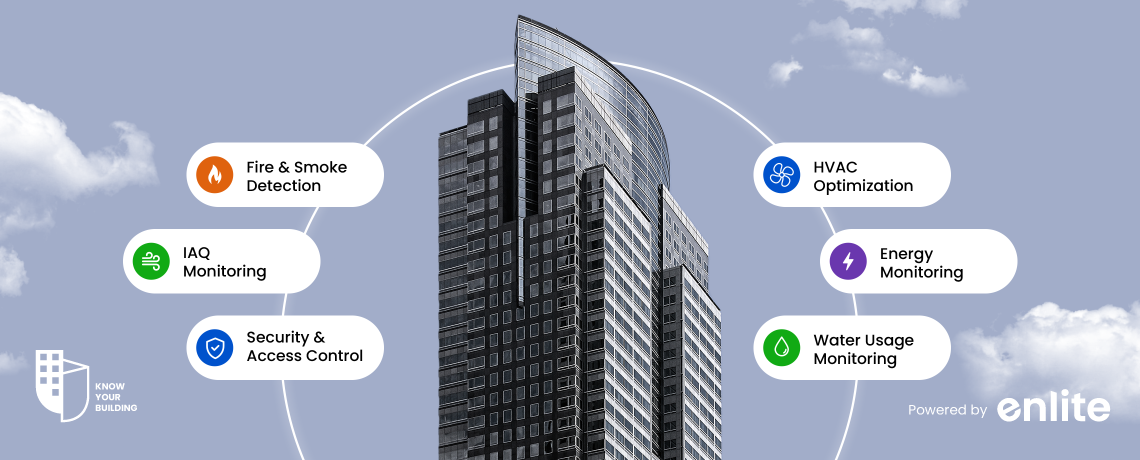Introduction
In today’s fast-paced world, the demand for efficient and effective facility management has never been greater. From manufacturing plants to office buildings, the need to monitor and manage facilities seamlessly has led to the rise of smart monitoring solutions. These solutions offer a plethora of features designed to streamline operations, enhance security, and optimize resource utilization. However, not all smart monitoring systems are created equal. When choosing a smart monitoring solution for your facility, it’s crucial to consider various features that align with your specific needs. Here, we’ll delve into the top features to look for in a smart monitoring solution to ensure that your facility operates at its peak efficiency.
1. Real-time Monitoring and Alerts
One of the fundamental features of a smart monitoring solution is real-time monitoring capabilities. The system should provide continuous and instantaneous monitoring of various parameters such as temperature, humidity, energy consumption, security, and more. Real-time data allows facility managers to promptly identify issues and take proactive measures to prevent potential problems. Additionally, an effective system should generate alerts or notifications in case of anomalies or deviations from predefined thresholds. This feature ensures swift action to mitigate risks and maintain operational integrity.
2. Remote Accessibility and Control
In a globalized world, the ability to access and control facility systems remotely is invaluable. Look for a smart monitoring solution that offers a user-friendly interface accessible via web or mobile applications. This feature enables facility managers to monitor operations and make necessary adjustments from anywhere, facilitating quick decision-making and efficient problem-solving even when off-site.
3. Analytics and Reporting Tools
The ability to analyze historical data and generate insightful reports is crucial for optimizing facility performance. A robust smart monitoring solution should offer advanced analytics tools that process data to provide actionable insights. These analytics can aid in identifying trends, predicting maintenance needs, optimizing energy usage, and making informed decisions to improve overall efficiency and reduce operational costs.
4. Energy Management and Sustainability Features
For modern facilities, energy efficiency and sustainability are significant priorities. Look for a smart monitoring solution that includes energy management features such as real-time energy consumption tracking, identifying energy wastage, and implementing automated controls to optimize energy usage. Additionally, solutions that support sustainability initiatives by monitoring environmental factors like CO2 levels or water usage can contribute to a greener and more eco-friendly facility.
5. Security and Compliance Measures
Facility security is paramount, and a smart monitoring solution should prioritize robust security measures. Features such as access control, surveillance camera integration, intrusion detection, and cybersecurity protocols are essential to safeguard the facility from physical and digital threats. Moreover, compliance with industry standards and regulations ensures that the facility meets necessary guidelines, avoiding potential penalties or liabilities.
6. Predictive Maintenance Capabilities
Predictive maintenance is a game-changer for facility management, allowing proactive maintenance based on equipment health data. A smart monitoring solution equipped with predictive maintenance capabilities uses sensor data and analytics to predict potential equipment failures. This feature helps in scheduling maintenance activities, reducing downtime, and extending the lifespan of critical assets.
7. Customization and User-Friendly Interface
Each facility has unique requirements, and a flexible smart monitoring solution should offer customization options to tailor the system according to specific needs. A user-friendly interface with intuitive navigation and customizable dashboards enables easy configuration and monitoring of relevant data, ensuring that users can access pertinent information effortlessly.
8. Return on Investment (ROI) and Total Cost of Ownership (TCO)
While considering the features, it’s crucial to evaluate the solution’s ROI and TCO. Look beyond the initial cost and assess the long-term benefits and savings the system can provide. A solution that offers substantial ROI by improving operational efficiency, reducing maintenance costs, and enhancing productivity is worth the investment, despite a higher initial price tag.














